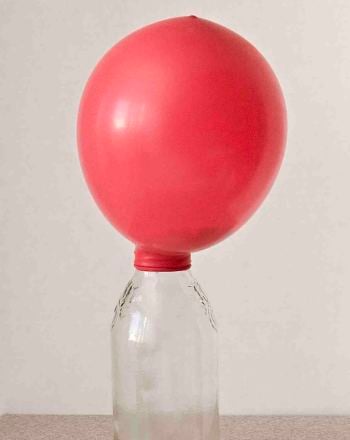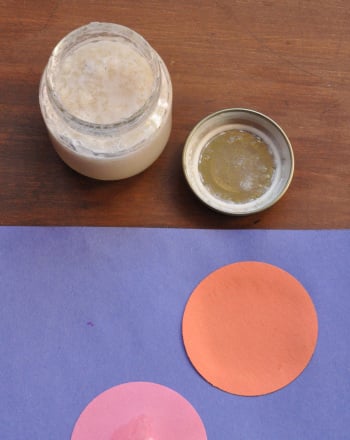Science project
How to Stop Soda From Exploding
Grade Level: 3rd - 5th; Type: Chemistry
Objective:
Students will discover whether tapping the top or the side of the can will stop a vigorously-shaken can of soda from exploding into a sticky mess and the logic behind it.
Research Questions:
- What happens when you vigorously shake a can of soda and then open it? Why does this happen?
- How much shaking would you have to do to a can of soda to get it to explode?
Carbonated water is water in which the carbon dioxide gas (CO2 ) has been dissolved. This process is called carbonation. CO2 is present in the air we breath and is the component that gives soda its signature gassy fizz and crackling noise when you open it. This happens because gas molecules are rapidly trying to escape the airtight can (lots of concentrated pressure) when you let air inside. When you open the can of soda, you lower the pressure and this is manifested in the form of bubbles and fizz.
Materials:
- A few cans of unopened, regular, non-diet soda preferably clear-colored (like 7-up or club soda)...so when it explodes, it does not stain anything.
- You and your hands
- Apron or a smock (don't wear any fancy clothes or it might get ruined)
- Pen and paper for notes
Experimental Procedure:
- Vigorously shake a can of soda for about 1 minute and open it. What happens? Jot this down in the chart provided.
- Now vigorously shake a can of soda for about 1 minute, but this time, tap the top of the can a few times with your finger. Now open it. What happens?
- Finally, vigorously shake another can of soda for about 1 minute, but instead of tapping the top of the can, do a “snapping motion” at the sides of the can. Do this a few times. Now open the can. What happens?
- Record your results. Based on your research, why do you think you got these results?
Chart
|
|
What Happened? |
|
Can of Soda #1
|
|
|
Can of Soda #2
Tap the Top |
|
|
Can of Soda #3 Snap the Sides
|
|
Terms/Concepts: Carbonation; Carbonated water; carbon dioxide; gas molecules; Pressure
References:
Stryer, Lubert; Berg, Jeremy Mark; Tymoczko, John L. Biochemistry, 5th Ed. W.H. Freeman, San Francisco, 2002.ISBN 0-7167-3051-0
Carbonated Soft Drinks: Formulation and Manufacture (2006) by Dr. David Steen & Dr. Philip R. Ashurst. Wiley-Blackwell Publishing.
Education.com provides the Science Fair Project Ideas for informational purposes only. Education.com does not make any guarantee or representation regarding the Science Fair Project Ideas and is not responsible or liable for any loss or damage, directly or indirectly, caused by your use of such information. By accessing the Science Fair Project Ideas, you waive and renounce any claims against Education.com that arise thereof. In addition, your access to Education.com's website and Science Fair Project Ideas is covered by Education.com's Privacy Policy and site Terms of Use, which include limitations on Education.com's liability.
Warning is hereby given that not all Project Ideas are appropriate for all individuals or in all circumstances. Implementation of any Science Project Idea should be undertaken only in appropriate settings and with appropriate parental or other supervision. Reading and following the safety precautions of all materials used in a project is the sole responsibility of each individual. For further information, consult your state's handbook of Science Safety.













